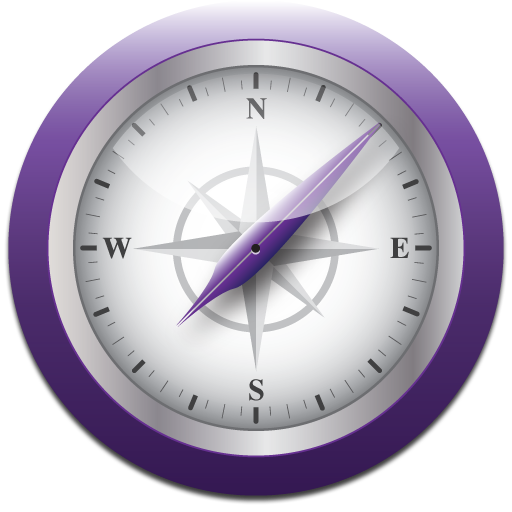Year GEP 1 GEP/I&I: Infection and Immunity
- Dr Nigel Yeatman
- n.w.j.yeatman@qmul.ac.uk
Introduction
Course Overarching Aims
- Give a broad understanding of possible types of infective organism.
- Give an understanding of how organisms cause infection and examples of how they can affect the body.
- Give an understanding of the body’s defence against infections, & how this can be both beneficial & damaging to the body.
Sessions
Lecture: Introduction to the Immune System
- Outline the cells involved in the immune reaction, and distinguish innate and acquired immunity.
- Define the terms: antigen, immunogen, determinant, specificity, receptor.
- In relation to the immune response, discuss the concepts of clonal expansion and deletion, and of memory and tolerance.
- Distinguish between antibodies, cytokines, and complement.
Lecture: The Microbial World
- Distinguish between the different groups of pathogens.
- Outline the structure of bacteria, emphasising differences from eukaryotic cells.
- Describe how bacteria can be classified on the basis of staining properties and morphology.
- Outline the manifestations of bacterial diseases mentioned in the lecture.
- List the key features of viruses, fungi, helminths, arthropods, & scrapie-like agents (prions), linking them any disease processes mentioned in the lecture.
- Appreciate what you need to know about any pathogen.
Lecture: Acute Inflammation
- Define inflammation, and list the cardinal signs.
- Describe the vascular processes involved in formation of the inflammatory fluid exudate.
- Describe the composition, formation and function of the cellular infiltrate.
- Define the term 'mediator of inflammation'. List the mediators and state their actions.
Lecture: T Cells & Antigen presentation
- List the antigen-presenting cells, and distinguish between endogenous and exogenous antigens.
- Describe antigen processing for endogenous & exogenous antigens.
- Describe antigen presentation, including the role of HLA molecules.
- List the cytokines that distinguish between the Th1 and Th2 responses, and list their functions.
Lecture: Routes of spread of infections
- To understand the factors which contribute to the spread of infection and the severity of disease.
- To understand the terms used and their definitions
- To know the main routes of spread of infection.
- To understand that a pathogen may be spread by more than one route.
- To understand the importance of prevention of spread of infection.
Lecture: What Viruses Are (1)
Lecture: Anti-microbial Therapy
- Describe the principle of selective toxicity.
- Describe the structure and function of targets in microbes that differ from their counterparts in the host and know some examples of antimicrobials that act at each site.
- List basic mechanisms and understand implications of microbial resistance.
- Know the importance of ALWAYS asking about allergies in a patient before prescribing any drug but ESPECIALLY before prescribing an antimicrobial.
Lecture: Hypersensitivity
- Define hypersensitivity, allergy, atopy, autoreactivity, autoimmune disease.
- Describe the five types of hypersensitivity and their mechanisms.
- For each type of hypersensitivity, explain whether it involves allergy (narrowly or broadly defined), autoreactivity, or damage incurred in combatting a true pathogen.
- Give examples of diseases which involve each type of hypersensitivity.
Lecture: B Cells Antibodies
- Describe the structure of the antibody molecule (heavy + light chains, constant region, variable region).
- Define the classes of antibody and their different functions (including effects on mast cells).
- Distinguish between T-dependent antigens and T-independent antigens, and describe their presentation to T cells.
- Describe the activation of B-cells to become plasma cells and memory cells.
- Compare and contrast the primary and the secondary immune responses.
Lecture: How Microbes Cause Disease
- Understand basic mechanisms by which bacteria can cause disease.
- Explain why virulence is a multi-factorial problem.
- List the steps required in the establishment of infection by microbes.
- Describe the mechanisms of cell/tissue damage.
- Describe how microbes adapt to life in the host.
- Describe mechanisms whereby microbes evade, subvert or overcome the host immune response.
Lecture: What Viruses are (2)
- Describe the diversity of viral particles and their structure.
- State the functions of basic protein units needed to assemble a virus.
- Explain the functions of the viral genome.
- Describe general replication strategies.
- Explain the concept of evolution through natural selection.
- Describe mechanisms by which viral diversity is achieved.
Lecture: Chronic inflamation & wound healing
Lecture: Lymph tissue, natural killer cells
Lecture: Viral Vaccines
- Discuss the concept of herd immunity.
- Explain the protective responses elicited by, and the advantages/disadvantages of, killed/subunit and live attenuated vaccines.
- Describe the use of poxviruses for delivering other antigens.
- Specify particulate structures (virus-like particles) as viral vaccines.
- Explain the potential of DNA vaccines.
Lecture: Antiviral therapy
Lecture: Emerging Viruses
